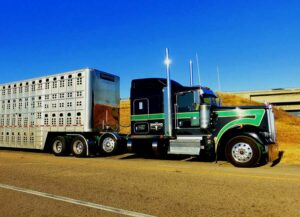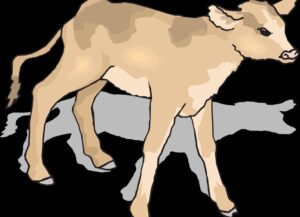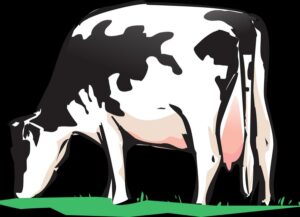Nuria García
There is a growing interest in the application of precision technologies in the dairy industry, as they can make farms more efficient, reduce environmental impact and labor, and generally improve animal health and well-being. From this perspective, they allow animals to be monitored frequently without disturbance or altering their usual behaviors.
Examples of these technologies are milk production monitoring systems, evaluation of dairy components, cow activity, laying, ruminating behavior, etc. The information collected with this methodology complements the observations operators make of each animal and after proper processing of the data, they can assist in decision-making and farm management.
Precision technology validation studies have focused mainly on dairy herds in confinement, but recently some research has been conducted on herds under grazing conditions. Visual observation is the most common method for validating precision technologies in the dairy industry, but it is very labor intensive and can lead to biases between observers.
An ear tag was designed in Austria to monitor the individual behavior of cows based on the movements and position of the ears and head. The ear tag was validated in confined cattle to determine rumination time, and showed a strong association compared to visual observation and video recording. Although ear tags have the potential to detect cow grazing behavior, it has not been yet been validated for this purpose.
That is why a study published in the Journal of Dairy Science (Pereira et al., 2020), was carried out with the dual objective of developing a grazing algorithm for ear tags and validating it in two different locations (Minnesota and Ireland).
Development of the grazing algorithm in Minnesota and Ireland
To develop the grazing algorithm, an experimental herd of 120 milk cows with full time access to pasture was used in Minnesota during the summer, except during the 2 hours of daily milking. Three cows/ha were accommodated and rotated to new paddocks every other day. The pastures comprised different types of grasses and legumes.
In Ireland, 85 dairy cows were used which had full-time access to ryegrass pastures in a 4-way grazing rotation. The cows presented themselves voluntarily to be milked in an automated system and moved to a new paddock approximately every 6 hours to help the passage of the animals through the automated milking system.
The tags had an acceleration sensor, a radio chip, a temperature sensor for calibration and two-year battery life, and were placed in every cow. Grass acceleration data was collected every three seconds over two months, and then processed and classified into different behaviors using proprietary algorithms. After the placement of the tag, visual observation was also carried out, the data of which were used to develop the algorithm.
Validation of the grazing algorithm
To validate the grazing algorithm, it was necessary to use nasal band sensors that had shown high accuracy when previously validated by visual observation of grazing behavior. The nasal band sensor consisted of a silicone pressure tube filled with glycol, with a built-in pressure sensor connected to a device to record the acceleration of the animal’s three axes. The data collected by the nasal band sensor were analyzed and classified into different behaviors: eating, ruminating, drinking and other activities.
Agreement between ear tags and nasal band sensor records
The results showed that the agreement between the grazing algorithm developed from the data collected by the tags and the visual observation data had a precision, sensitivity, and accuracy of 90, 92 and 91%, respectively. The nasal band sensor had a precision of 88% and an accuracy of 89% for feeding behavior, compared to the direct visual observations.
In addition, the percentage of total grazing time recorded by the ear tag and sensor were 37.0% and 40.5%, respectively for Minnesota, and 35.4% and 36.9%, respectively for Ireland, which shows that ear tags and nasal band sensors agreed significantly to monitor grazing in both locations.
Conclusion
According to the results of the study, ear tags with accelerometers can accurately monitor grazing behavior on farms and could be a good tool for farm management decision-making.
Reference
Pereira GM, Heins BJ, O’Brien B, McDonagh A, Lidauer L, Kickinger F. 2020. Validation of an ear tag–based accelerometer system for detecting grazing behavior of dairy cows. J. Dairy Sci. 103:3529–3544.
© 2021 Dellait Dairy Research Review. All Rights Reserved.











